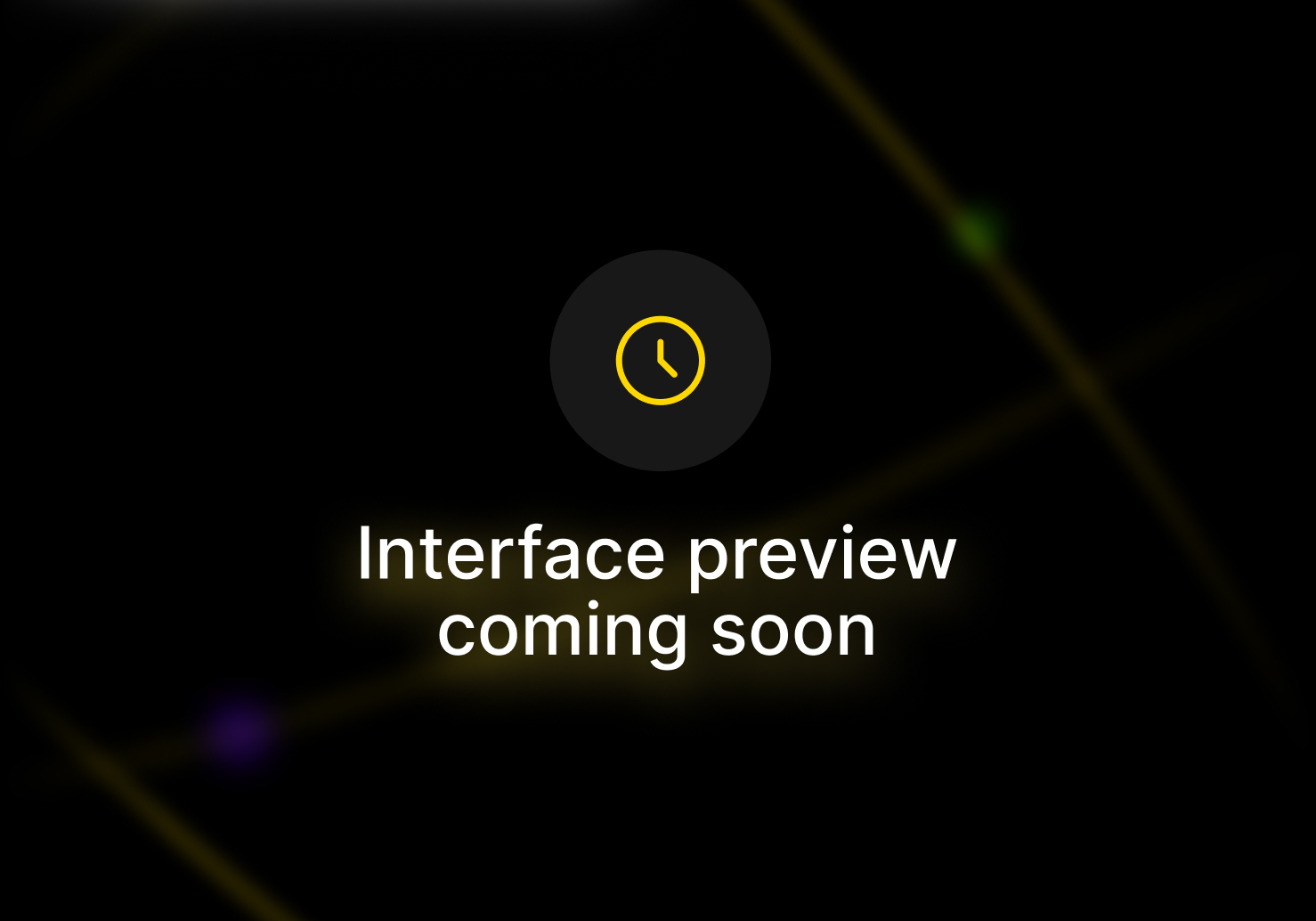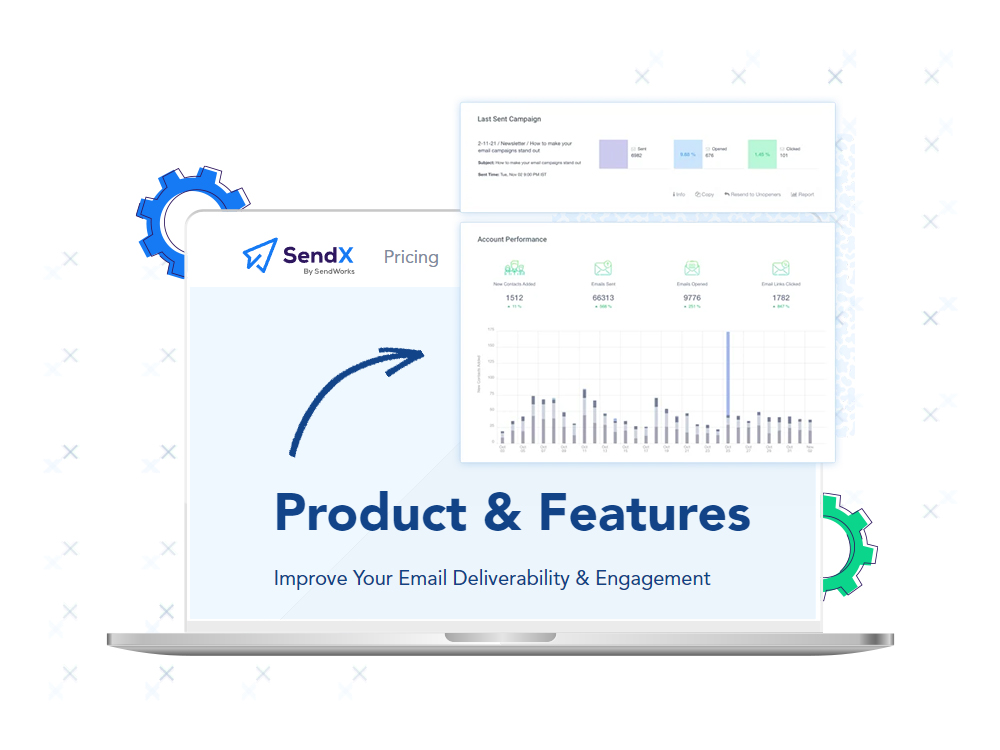Warming up your email is like stretching before a marathon—it's essential, but often overlooked. Without this critical step, even the most well-crafted emails risk being dismissed as spam. That's where email warm up sprints to the rescue.
It helps you build a rapport with email providers, convincing them you’re the good guy. Think of it as your email’s rite of passage, a journey from being an unknown sender to a welcome guest in the inbox party. So, let’s get those emails limbered up and ready to race straight into the inboxes of your audience!
Table of Contents
What is Email Warm Up?
Email warm up is a strategic process in email marketing where you gradually increase the number of emails sent from a new email account. The goal is to build a solid reputation with Internet Service Providers (ISPs) and email services.
By starting with a low volume and slowly ramping up, you demonstrate responsible email behavior, which in turn helps your emails land where they should – in the inbox, not the spam folder.

It's a game of patience and precision, ensuring that when you do hit 'send' on a large campaign, your emails are received with open arms (or inboxes).
Why is Email Warm Up Important?
The importance of email warm up is a fundamental aspect of email marketing, serving as a critical step in establishing a successful email campaign. It's the process that sets the stage for how your emails are received and perceived by both Internet Service Providers (ISPs) and recipients.
Here's why it matters:
Improved Deliverability: By warming up your email, you're essentially signaling to ISPs that you're a credible sender. This increases the likelihood of your emails reaching the intended inboxes, not getting stranded in spam folders.
Enhanced Sender Reputation: A good sender reputation is like having a strong credit score in the digital world. It's crucial for long-term email campaign success, and warming up your email helps build and maintain this reputation. To give an example, if you run a business like Crypto, or iGaming, having a good sender reputation will give you a distinct advantage.
Higher Engagement Rates: Warming up your email helps ensure that your content is actually seen, leading to better open and click-through rates. It's about making every email count.
Reduced Bounce Rates: A gradual increase in email volume helps in identifying and rectifying issues that cause bounces, like invalid addresses, before they become a larger problem.
Adaptability: The warm up period is an excellent time to test and tweak your email strategy, making your campaigns more adaptable and responsive to audience preferences.
In conclusion, email warm up is an investment in the health and effectiveness of your email campaigns, ensuring that your efforts yield the best possible results.
How to Warm Up your Email Account?

Warming up your emails can be done in two primary ways: manually or using automation.
Manual Email Warm-Up
Start Small
Begin by sending a few emails daily, ideally between 5 to 10, and gradually increase this number each week.
2. Personalize Your Emails and Monitor Responses
Craft each email with personalization to engage the recipient genuinely. Use their name, reference past interactions, or tailor the content to their interests.
Keep an eye on how recipients respond to your emails. High engagement rates are a positive signal to ISPs.
3. Reply Promptly and Build Relationships
When recipients reply, engage in meaningful conversations. This two-way communication is favored by ISPs and enhances your sender reputation.
Building relationships through email interactions can lead to better engagement and open rates in the future.
4. Monitor Feedback and Adjust Accordingly
Pay close attention to bounce rates and feedback loops. If you're getting a high number of bounces, review and clean your email list.
Make adjustments based on the responses you receive. If certain types of emails get more engagement, use those insights to refine your strategy.
5. Maintain a Regular Sending Schedule
Stick to a consistent email sending schedule. This regularity helps ISPs recognize your sending patterns as legitimate.
Avoid sending large batches of emails randomly, as this can trigger spam filters.
6. Email Authentication
Set up SPF (Sender Policy Framework) records to validate your email by verifying the sender's IP address.
Implement DKIM (DomainKeys Identified Mail) to add a digital signature to your emails, further ensuring their authenticity.
Use DMARC (Domain-based Message Authentication, Reporting, and Conformance) policies to instruct ISPs on how to handle emails that don’t pass SPF or DKIM checks.
Automated Email Warm Up With Sendx

If the hands-on approach of manual warm up is too much for you, then tools like SendX can help you streamline and simplify the task.
With its ability to automatically manage the volume of your emails, scaling up in a controlled manner, it takes the guesswork out of the equation. Plus, you get to dive into data-driven insights, helping you fine-tune your email campaigns for peak performance.

Think of SendX as your email campaign's personal trainer, focusing on building a strong ISP reputation, all through a user-friendly interface. Whether you're a novice or a seasoned email marketer, the expert support is there to hand-hold you and offer a smart, efficient pathway to warming up your emails for a successful and engaging email marketing journey.
When Can You Move On From Warming Up the Email?
The duration of email warm-up varies, but generally, it can be concluded once you consistently achieve strong deliverability and engagement rates without triggering spam filters. This typically takes about 4-8 weeks.
The key indicators that you're ready to stop warming up include a low bounce rate, high open and click-through rates, and minimal spam complaints. It's crucial to monitor these metrics closely. If they remain stable as you increase your sending volume, it's a sign that your email reputation is solid, and ISPs recognize you as a trustworthy sender.
Remember, even after the warm-up, maintaining good email marketing practices is essential to preserve this reputation.
